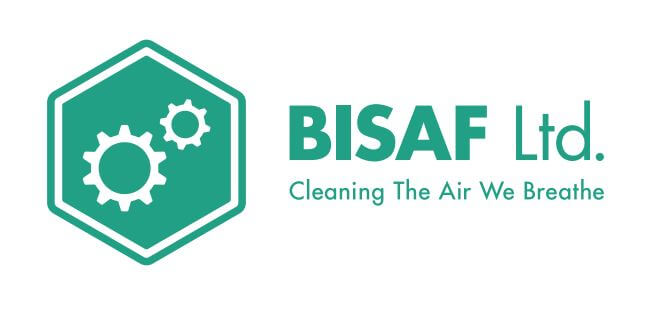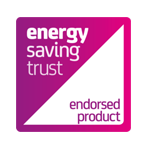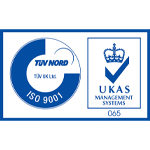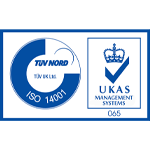About BISAF Ltd
BISAF was founded in 2006 by Paul Kuebler who also owns a plant hire business, Premier Plant Hire, based in South East London. BISAF is a technology provider to the construction industry specialising in solutions to improve air quality and worker safety.
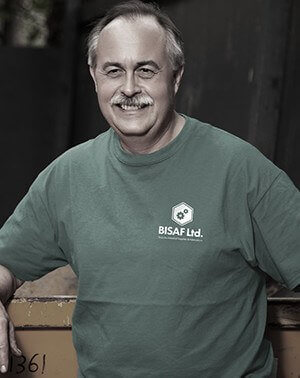
Paul Kuebler says: “We have now had a full year of experience of hiring the Particulator®, usually with excavators that are working in confined spaces. These particulate filters are
proving very popular with our customers who appreciate the cleaner air in their working environment. We have good utilisation rates and a payback time of less than a year. The Particulator® would be a strong addition to any plant hire company’s product portfolio.”
BISAF’s Technical Director, Dr Richard O’Sullivan, has a wealth of experience in the engine emissions aftertreatment industry. He has invented and developed aftertreatment systems, managed retrofit businesses and has presented papers on exhaust emissions technology around the world. He advises BISAF and their customers on the best retrofit option for a machine to meet the requirements.
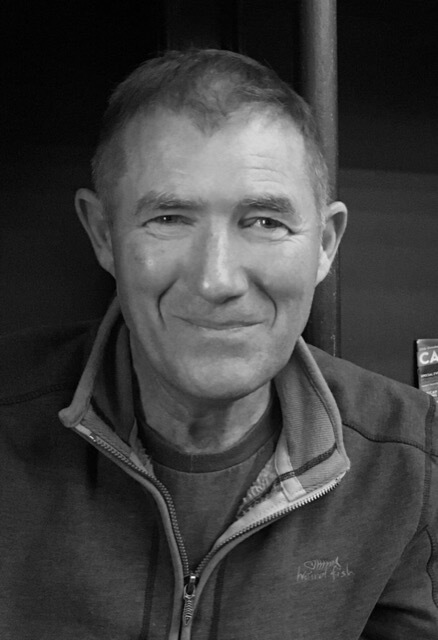
BISAF has developed a flexible and simple to use exhaust particulate filter, the Particulator®, aimed at the needs of the plant hire industry. BISAF is also the UK agent for the Johnson Matthey range of non-road Diesel particulate filters and other emissions aftertreatment.
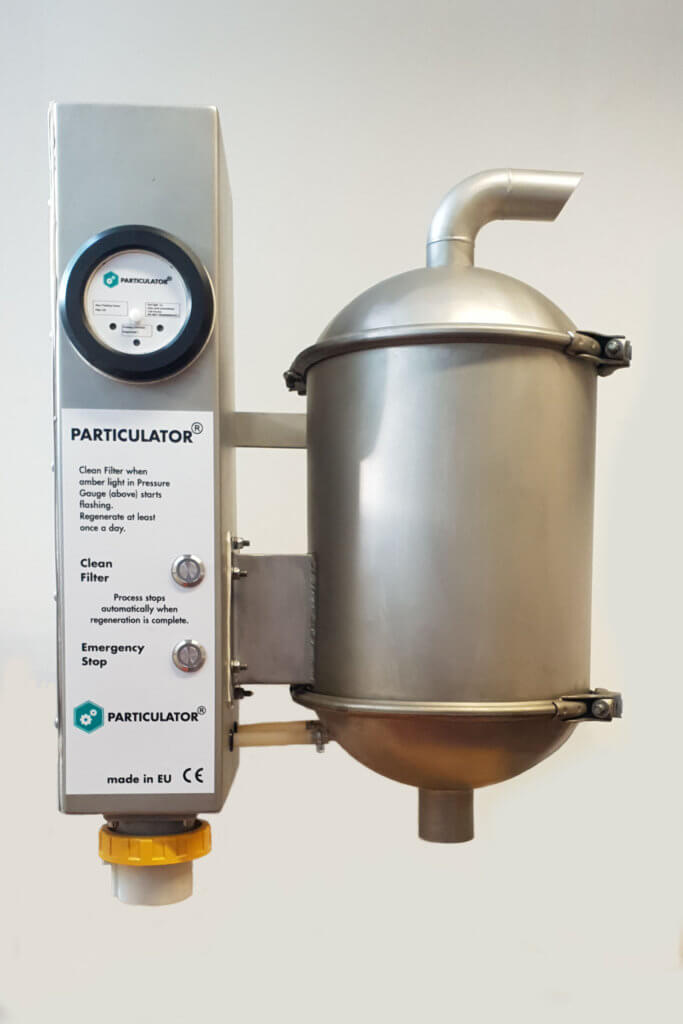
BISAF’s Particulator®
- Developed for the plant hire industry
- Quick and easy to install and remove
- Easy electrical regeneration
- High particulate removal independently verified
BISAF developed The Particulator® because we saw that smaller construction machines, with relatively high concentration of particulate in the exhaust, were being used in confined spaces, leading to dangerously poor air quality for workers and others at and near the site.
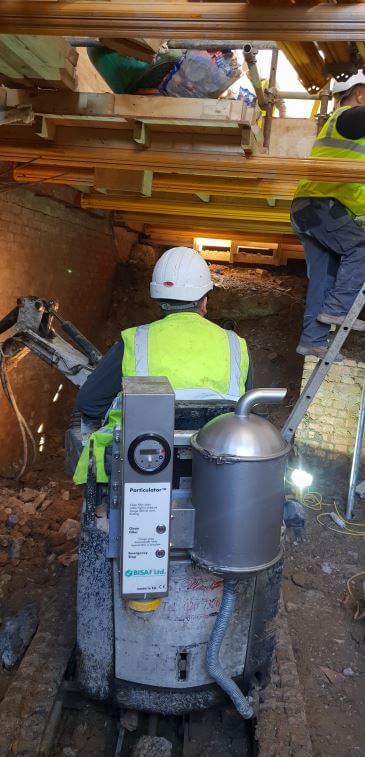 The Particulator® filter system is bolted to a frame normally installed behind the machine operator and can be fitted to or removed from the frame in minutes. This feature is important for the plant hire business where a filter may not be specified for every job and the filter can be transferred to a machine when it is required.
The Particulator® filter system is bolted to a frame normally installed behind the machine operator and can be fitted to or removed from the frame in minutes. This feature is important for the plant hire business where a filter may not be specified for every job and the filter can be transferred to a machine when it is required.
Because of unpredictable operating cycles, and mounting the filter at the end of the exhaust system for easy installation and removal, temperatures are too low for a passive regeneration system to work, so an electrical heating system has been developed to clean the trapped particulate from the system. When the filter monitor indicates that the filter should be regenerated, the engine is turned off, an external electrical supply is connected, and one button is pushed on the control box to start the process. After 30 minutes the clean filter is ready to start work again.
We started by using OEM filter technology in which all of the exhaust passes through a ceramic wall flow filter. This was independently tested at Cambustion Ltd to give over 99.9% particulate removal. The regeneration cycle was also monitored during testing and showed good removal of accumulated particulate resulting in low back pressure over the filter.
The Particulator® is constructed in stainless steel with thick insulation to retain heat and high quality components for durability. It has now been trialled on different construction sites and has proved to be robust in operation as well as popular with workers as it gives a major improvement to the air that they breath. There is also an optional stainless steel cover available that protects the filter system from impacts during machine use as well as providing additional worker heat protection during regeneration. An electronic back pressure monitor and data logger shows the operator the condition of the filter and when a regeneration is needed with a simple traffic light system. It is also possible to download the backpressure history to see frequency of regeneration and aid investigation of any operational problems.
Johnson Matthey Range of retrofit Diesel Particulate Filters for Construction Machinery
• Approved for use to meet London nrmm LEZ requirements
• Full range of sizes and regeneration types to retrofit any machine type and application
• High quality construction and components to give good durability and trouble free operation
• 25 Years of experience and more than 10,000 nrmm retrofit systems sold
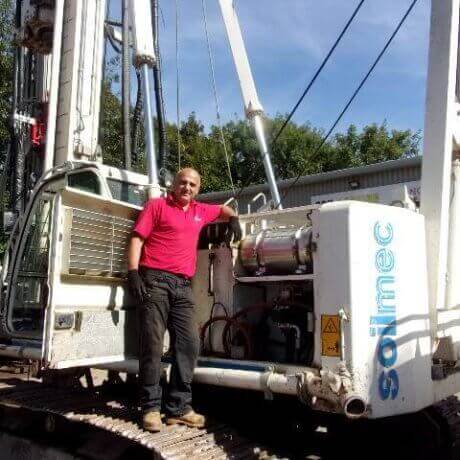 BISAF is the UK agent for Johnson Matthey’s range of retrofit emissions systems for construction machines. These include a range of filter sizes and regeneration types that mean that a system can be retrofitted to any machine, regardless of size or application. These are full flow filters that are intended for permanent installation. They are listed on the Energy Savings Trust register for use in the London NRMM LEZ, as well as being VERT approved.
BISAF is the UK agent for Johnson Matthey’s range of retrofit emissions systems for construction machines. These include a range of filter sizes and regeneration types that mean that a system can be retrofitted to any machine, regardless of size or application. These are full flow filters that are intended for permanent installation. They are listed on the Energy Savings Trust register for use in the London NRMM LEZ, as well as being VERT approved.
All Johnson Matthey DPFs come with a back pressure monitor, datalogger and systems controller, the PIO-CAN. A sensor is installed in the filter inlet, with the electronic monitor usually located close to the operator in the cab. The visual display shows real time back pressure with warnings when the pressure reaches set levels. Back pressure levels are recorded so that they can be retrieved and any problems diagnosed. For active systems, the PIO-CAN also contains the systems control functions for easy operation.
The method of cleaning trapped particulate from the filter, regeneration, depends on the exhaust temperature and composition. These factors will in turn depend on the emissions level of the engine and the machine function. Johnson Matthey regeneration types include
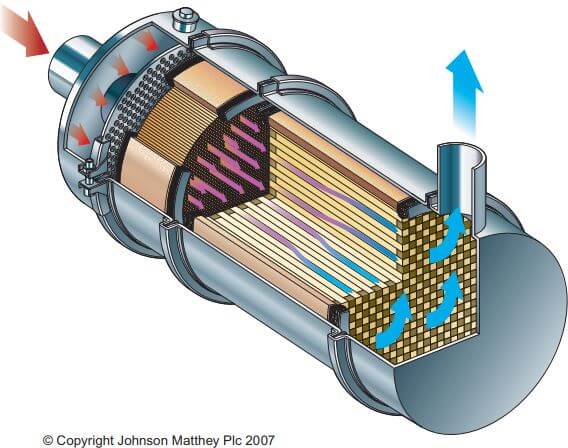
both passive and active systems. Passive systems are often preferred due to their ability to regenerate without any operator input. However, they can only work reliably under the right conditions. For engines and applications that are not suitable for a passive system, there are active systems that rely on electrical heaters or Diesel fuel burners to heat up the filter periodically and burn off the accumulated particulate. These are known as active systems. We can advise on the best regeneration system for each individual application.
The London nrmm LEZ
Up until 2020, machines working on major developments within greater London need to meet EU Stage IIIA levels, while those working on those sites in the Central Activity Zone or Canary Wharf have to meet Stage IIIB limits. These limits only apply to machines between 37 and 560 kW although it is good practice to apply the limits to all sites and machines. From 2020 these requirements will tighten to Stage IIIB for Greater London and Stage IV for the Central Activity Zone and Canary Wharf.
The Mayor’s guidance on meeting these requirements is to either reorganise the fleet to use a machine that meets the required standard, obtain new equipment that meets the standards, fit a different engine that meets the standards to an existing machine, or retrofit an approved exhaust aftertreatment device registered on the EST scheme. As Stage IIIB legislation is tighter for both NOx and PM, retrofit for both these pollutants should be considered but, if it is not possible to retrofit for both pollutants, then just particulate retrofit is acceptable. Generally, SCR is needed to significantly reduce NOx emissions and retrofit SCR is difficult to implement for individual machines. It is also expensive and difficult to package due to its large size.

